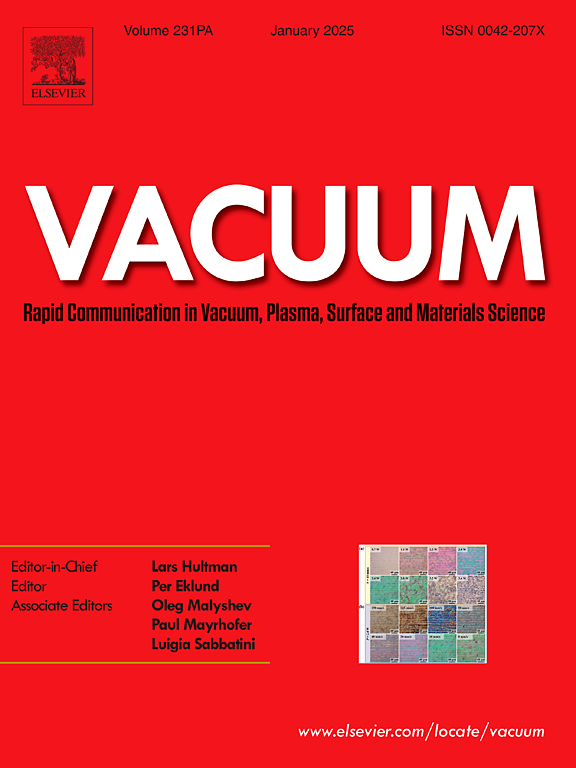Investigation of electronic structure, photoelectric and thermodynamic properties of Mg-doped β-Ga2O3 using first-principles calculation
IF 3.8
2区 材料科学
Q2 MATERIALS SCIENCE, MULTIDISCIPLINARY
引用次数: 0
Abstract
The influence of Mg doping concentration on the electronic structure, photoelectric and thermodynamic properties of Mg-doped β-Ga2O3 was systematically investigated using the GGA+U method based on density functional theory. The results show that Mg atoms preferentially substitute the Ga(2) atoms at octahedral sites, which is further supported by formation energy analysis. As the Mg doping concentration increases, both the lattice constants and volume show an increasing trend, while the β angle decreases. Mg doping introduces new impurity levels into the energy bands, leading to an increment of forbidden band-gap, and a 100 % spin polarization state appearing near the Fermi level. The covalent bond formed between Mg and O atoms displays strong ionic characteristics along with relatively weak bonding strength. Moreover, Mg doping causes a blue shift in the absorption edge together with the imaginary part of the dielectric constant. The heat capacity of β-Ga2O3 is enhanced with Mg doping, with Mg0.06Ga1.94O3 demonstrating optimal heat capacity characteristics. With the increase of Mg doping concentration, the free energy decline rate gradually increases, indicating an enhancement in the thermodynamic stability of β-Ga2O3. These findings provide valuable insights and deepen the understanding of Mg doping effects in β-Ga2O3.
求助全文
约1分钟内获得全文
求助全文
来源期刊

Vacuum
工程技术-材料科学:综合
CiteScore
6.80
自引率
17.50%
发文量
0
审稿时长
34 days
期刊介绍:
Vacuum is an international rapid publications journal with a focus on short communication. All papers are peer-reviewed, with the review process for short communication geared towards very fast turnaround times. The journal also published full research papers, thematic issues and selected papers from leading conferences.
A report in Vacuum should represent a major advance in an area that involves a controlled environment at pressures of one atmosphere or below.
The scope of the journal includes:
1. Vacuum; original developments in vacuum pumping and instrumentation, vacuum measurement, vacuum gas dynamics, gas-surface interactions, surface treatment for UHV applications and low outgassing, vacuum melting, sintering, and vacuum metrology. Technology and solutions for large-scale facilities (e.g., particle accelerators and fusion devices). New instrumentation ( e.g., detectors and electron microscopes).
2. Plasma science; advances in PVD, CVD, plasma-assisted CVD, ion sources, deposition processes and analysis.
3. Surface science; surface engineering, surface chemistry, surface analysis, crystal growth, ion-surface interactions and etching, nanometer-scale processing, surface modification.
4. Materials science; novel functional or structural materials. Metals, ceramics, and polymers. Experiments, simulations, and modelling for understanding structure-property relationships. Thin films and coatings. Nanostructures and ion implantation.
 求助内容:
求助内容: 应助结果提醒方式:
应助结果提醒方式:


